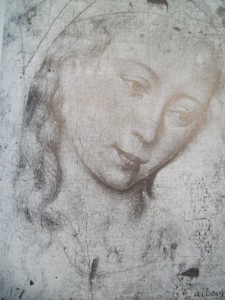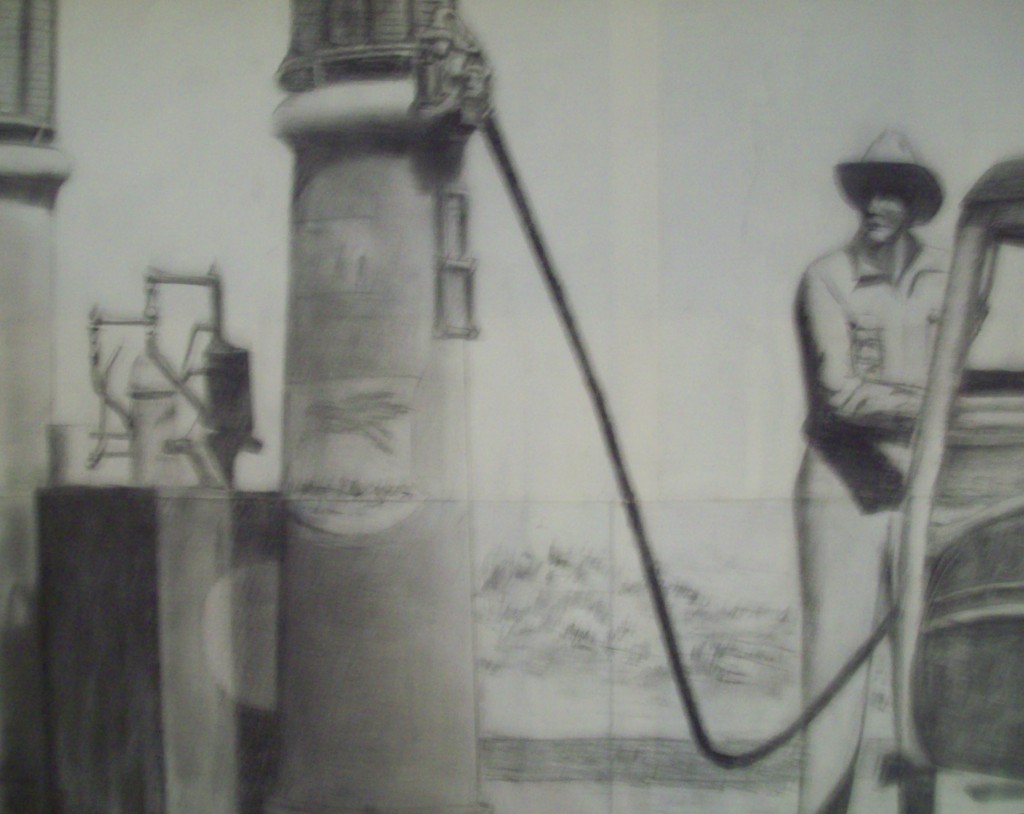Forget the luxuries of today as versus those of the past, but when it comes to art, we all have to feel blessed by whoever decided to take a soft form of carbon and mix it with clay, bake it in a kiln, encase it in wood or some other holder and call it a pencil. Although, it is commonplace now, it was not widely used in drawing until the end of the eighteenth century, when the technique for varying the hardness of graphite were developed.

An artist can use many grades of graphite for their drawing to create a range of values. In the drawing, Civit`a Castellana, Carot used softer grades of graphite for the darker values, and relied on parallel lines of hatching for the lighter colors.
The drawing is in the Louvre in Paris. Don’t forget, for the time being, I’m giving away, in free drawing, the book, The Louvre–All The Paintings. When you enter the free drawing, you can sign up to receive my newsletter.
Before the graphite pencil was used, of course, charcoal was used for drawing. But another favorite of many artists was
Silverpoint. These were drawings made with hard, finely pointed rods of silver in a holder and were popular in the fifteenth and sixteenth centuries.

The process to draw with Silverpoint is interesting and at times I think I might want to try it…but, no.
The paper was usually coated with an opaque white pigment or rabbit skin glue and bone dust to create an abrasive surface enough to scrape off minute grains of silver. Although the lines are first silver, they oxidize to a dark and dull hue. Shadows and textures were built up using parallel lines.
At the right is a photograph of Roger Van der Weyden’s, Head of the Virgin which is on display in the Louvre, Paris.
Again, thank goodness for all the technology mankind has discovered to make something as simple as the graphite pencil.
I use them almost exclusively for my full-size sketches for my paintings. Below is a detail portion of my sketch of the painting I am working on at the moment. If you have been following my blogs you will know…yes…the “Old Woodie.”

